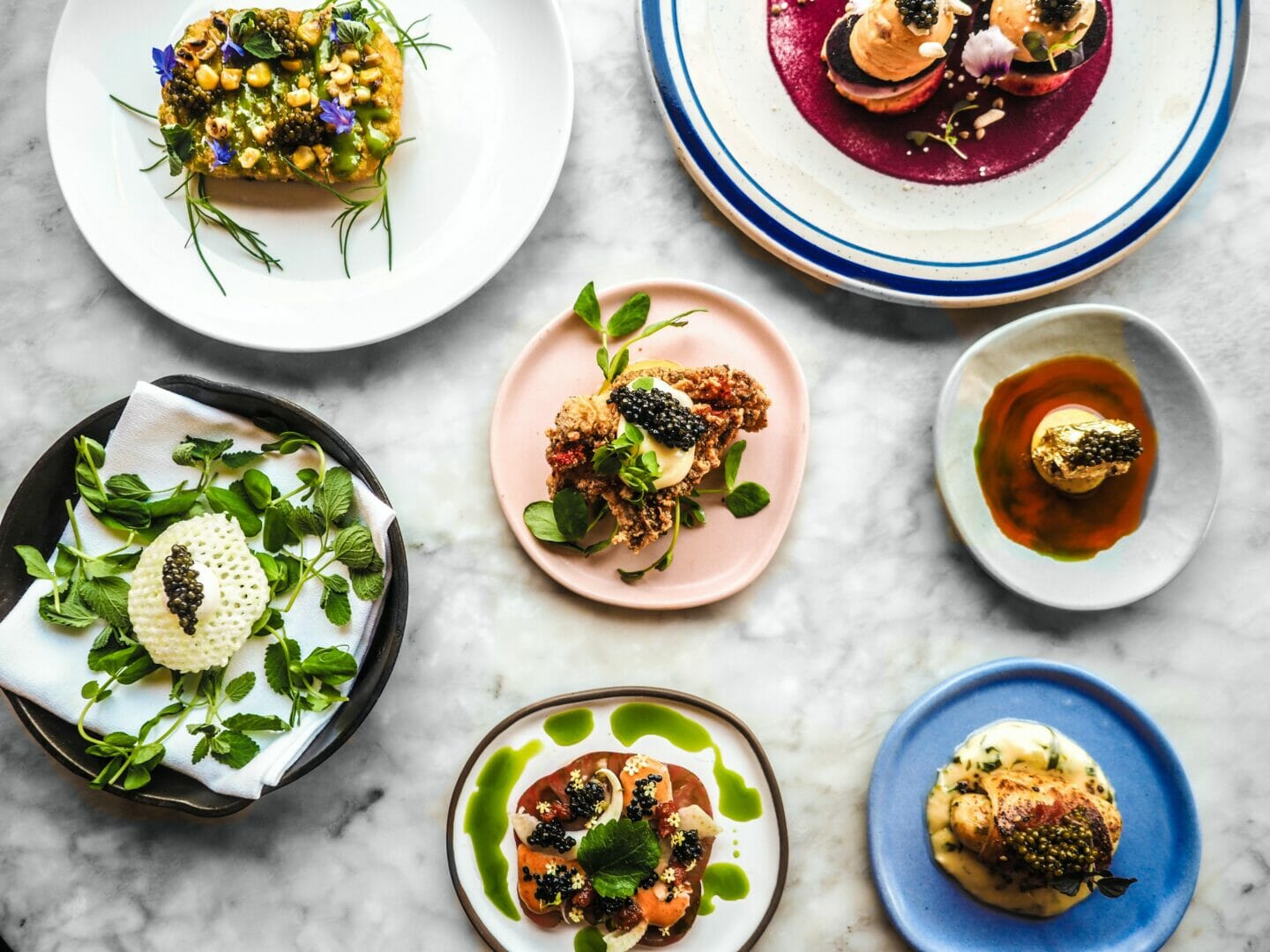
What does it take to deliver the food delivery opportunity?
While the food delivery industry is big and getting bigger, making a profit remains as hard as ever. A superior customer experience and progressive automation are key steps on the journey to scale, which in turn bring big profit dollars, says Jason Smith, VP UK & Europe at MoEngage.
There’s no doubting the appetite for food deliveries is growing. Hungry for fast-format, on-demand take-outs and subscription recipe boxes, burgeoning customer demand has grown food delivery into a global market worth an estimated $130 bn in 2022, according to Statista.
Having received a huge boost during Covid, leading analysts predict it will grow to $223 bn in 2027, a CAGR of 11.44%.
Competition between delivery companies is fierce and, despite some consolidation in some territories, there appears to be a continued craving for innovation and new businesses. But both established players and new entrants are having to work up ever more inventive and imaginative customer experience (CX) strategies to attract a customer overwhelmed by a smorgasbord of options.
Some companies have tried to find new ways to generate new business and cement customer loyalty. Sometimes this is about hyper-personalising communications to surprise and delight customers. Indian food delivery company Swiggy uses artificial intelligence to give customers highly accurate delivery times, by using data to make predictions as to which driver can get there fastest based on traffic and weather conditions.
Surprise may literally be something that customers are not expecting, such as personal delivery by the founders, surprise discounts on food and reverse social media where experiences are posted out at the point of delivery, and pop-up cooking experiences where customers can even cook their own meal.
The goal is to embed hyper-personalisation so it can be delivered to all customers. By analysing customer data for trends and common challenges, insights can be shared across different departments to help companies make data-driven decisions that lead to continuous improvement. For instance, online food delivery and takeaway app, Foodhub.co.uk, doubled conversion rates to 40% while improving new customer activation times by turning customer insight into actionable marketing engagement to create meaningful customer journeys that not only improve CX and grow revenue among existing audiences but build new app users.
Other ideas are less about surprise and more about giving customers greater certainty, such as using inventory geolocation so that customers know their order is definitely available in a local restaurant. And some companies are using a single app to offer a choice of fulfilment – deliver, take away or eat in.
Succeeding in this ruthlessly customer-focused culture requires consistent processes and behaviours from staff, as well as a continual effort to remove broken links in the fulfilment chain that can include inaccurate orders, late delivery and incorrect billing.

Certain app features should now be a given for all players in this market – easy onboarding, easy-to-use interface, real-time delivery tracking, a broad range of payment options, and recommendations for cross and upselling. These are simple steps on the road to personalisation, which should also be a given, considering the highly particular relationship that customers have with their food. And this depends on data. While this journey may start with a generic offer, companies should from scratch use every interaction in order to build profiles that will ultimately enable them to offer something unique to each customer.
However, personalisation also means that companies have to think from the customer’s point of view rather than their own. What does this unique offer look like from the customer’s point of view? Is it easy to access and use? Are there filters that will always work to surface known preferences and screen out proscribed foods for allergies and other intolerances?
And is every step of the journey simple as well as rewarding? Can they sign in not just via the app but their social media as well, which also enables them to post pictures of their dishes? Looking back in from the customer’s viewpoint will throw up a continuous flow of questions that are stored to enable progressive improvements. For instance, any number of consumers always order the same thing, so is it easy for them to do this rather than go through the same steps as for a new order?
Deep data to build personalisation also enables delivery companies to recognise that the customer may well be ordering/gifting food to friends, family and co-workers, with all their attendant preferences to be considered. In addition, these customers may well expect a reward for themselves, so a referral programme is essential to win their loyalty.
Implicit in all these features is a level of automation that makes things convenient for the customer,cost-effective for the delivery company, and an essential capability as they track towards profit.
However, there are times when slow is better than fast and intimate is better than remote, which is why apps, optimised for both phones and smartwatches, should have direct communications functions so that both parties can talk via chat, WhatsApp, Messenger etc. This passes greater control to both customers and brands, but this is to be encouraged so that brands have greater autonomy in their roles.
And the push should also be balanced with the pull; while delivery companies are building functionality for their customers, customers will want to take part as well. This might include them posting pictures of hard to find addresses rather than relying on sat nav.
Alongside personalisation, delivery companies must also analyse the big, aggregated numbers to monitor progress and ensure that an over-response to customer needs is not leading to a leap in operational costs. For instance, it makes sense to balance a focus on growing numbers with a concentration on loyal customers because customer acquisition alone will always have a high churn element.
Look at the data to ensure that effort is going into what the customers care most about rather than constantly trying to impress them in areas they do not care about or which hit those that are not loyal or strong/frequent spenders. Assess customer experience based on customer feedback to build Net Promoter Score (NPS) figures based on qualitative and quantitative analysis.
